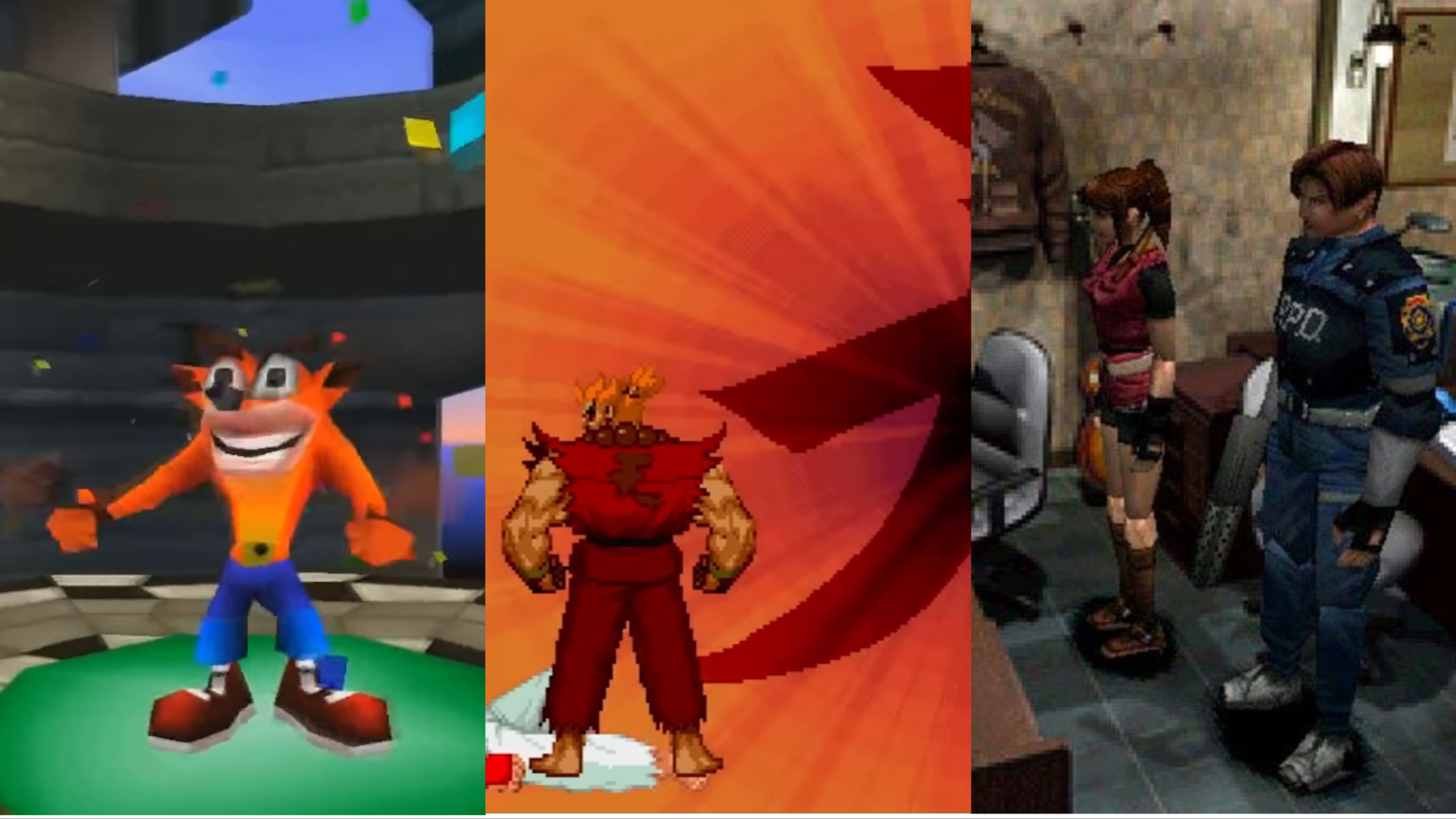It’s funny to think about how Sony never even really wanted to enter the console market. The PlayStation was originally conceived as a CD add-on for the SNES, but Nintendo broke off the deal at the last minute, infuriating Sony executives. So, they decided to go it alone, quickly developing a little grey box that was developer friendly and capable of advanced 3D graphics.
The PS1 ended up eclipsing anything Nintendo did at the time, becoming the first console to reach 100 million in sales. It launched some of the biggest franchises in gaming like Resident Evil and Crash Bandicoot, and introduced numerous new gameplay styles. It’s pretty much the foundation on which all modern console games are built. And a lot of its titles still hold up well today. These are the 25 best PS1 games ever.
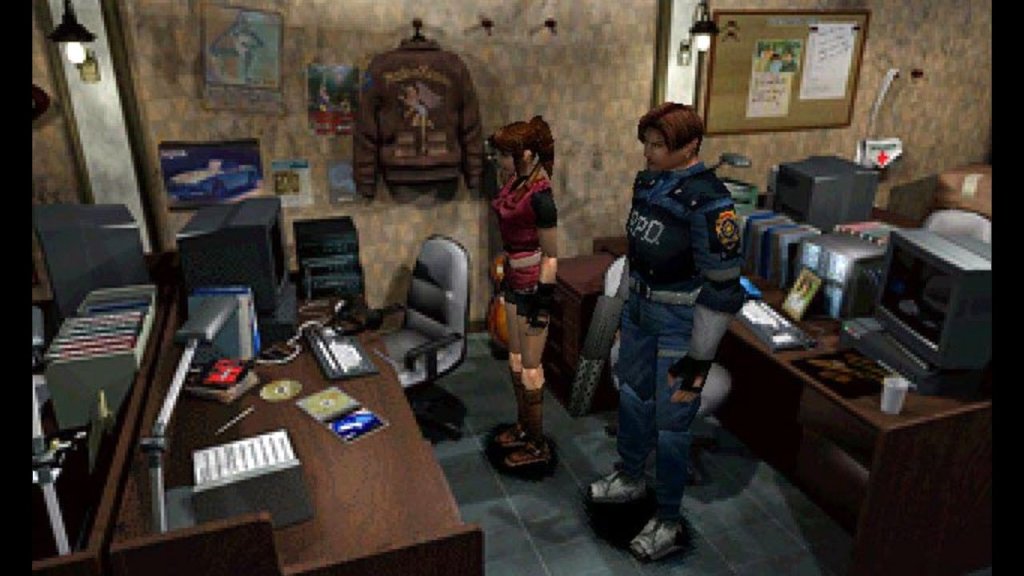
25. Resident Evil 2
Admittedly, it can be difficult to go back to the early Resident Evil games now, especially after playing through the much more user-friendly remakes. The graphics actually still aren’t that bad, but the gameplay is definitely an acquired taste. Still, if you can get past the finicky tank controls, extremely tight inventory space, and obtuse puzzles, there’s a truly classic game here.
To this day, Resident Evil 2 simply excels at atmosphere. The Raccoon City Police Station remains an iconic and creepy locale in gaming, and the groans of shuffling zombies are still the stuff of nightmares after all these years.
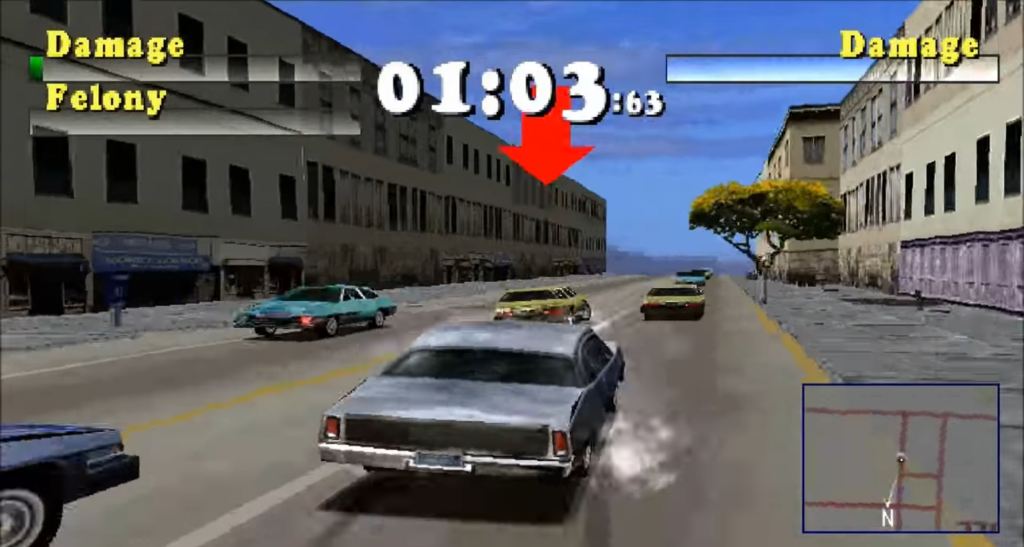
24. Driver
Two years before Grand Theft Auto III revolutionized sandbox gameplay, Driver let players freely roam around multiple cities completing various missions. No, you couldn’t exit your vehicle (that came in later games), but you could still drive almost anywhere at any time. Sure, other games had experimented with the concept, but Driver just made it feel so damn good thanks to its stylish mix of gritty realism and arcade physics.
That’s if you could get past the famously difficult opening tutorial mission, of course. Honestly, though, it wasn’t that bad with practice.
Though a lot of Driver’s innovations have found homes in other open-world games, the series struggled to find an identity of its own following the massive success of Grand Theft Auto. Unfortunately, it doesn’t appear that Ubisoft will be revisiting Driver anytime soon.
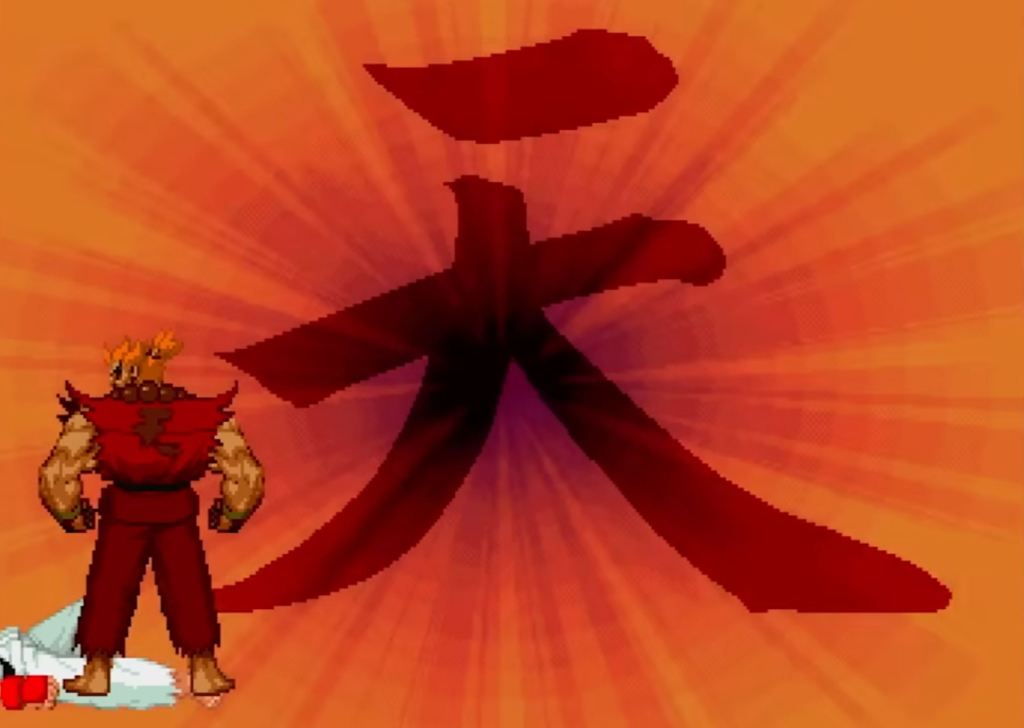
23. Street Fighter Alpha 3
Fighting games were in a weird place in the late ‘90s. While gamers demanded flashier 3D fighters, few were technically sound enough for regular competitive play. Mortal Kombat had been a huge phenomenon a few years earlier, but after three entries, gamers were largely tired of fighters that offered little depth beyond ultraviolence.
But Capcom just kept quietly putting out games in the Street Fighter Alpha subseries, eventually releasing this masterpiece of the fighting genre. Street Fighter Alpha 3 features tight controls welcoming enough for rookies, but enough customization with its three -isms to keep pros playing to this day. Add in a massive roster of 35 characters (including the entire cast of Super Street Fighter II), and you have the definitive 2D fighter of its time.
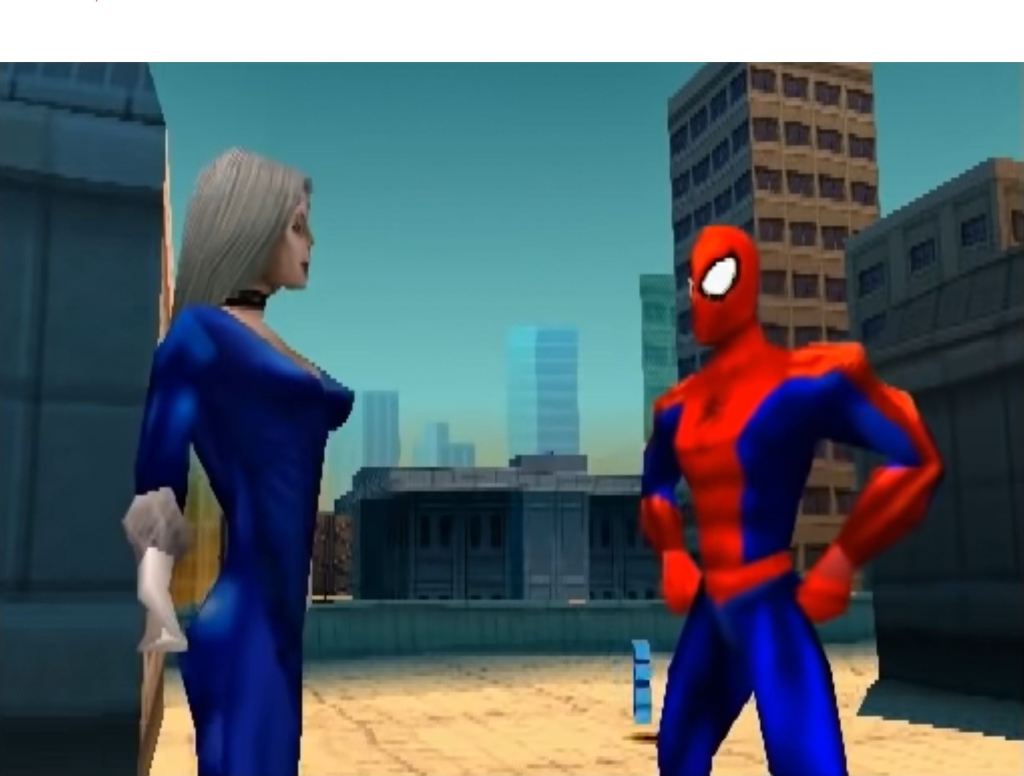
22. Spider-Man
Prior to Neversoft’s take on the wall-crawler, Spider-Man games tended to feel a little generic. Sure, the character sprites were red and blue and he might fire a web or two, but you could insert almost any random character in place of the web-head in prior games. But this game was different. From the opening moments, Spider-Man just had a certain look and feel, straight from the comics. You were free to crawl up walls and swing between buildings as you saw fit. This was not just another Spider-Man game.
Plus, it featured a surprisingly awesome original story that managed to bring in other Marvel characters like Daredevil and Captain America. There’s also that unforgettable final boss chase from the horrifying Carnage-symbiote-infused Doc Ock (aka Monster Ock). This still holds up as one of the greatest comic book video games of all time.
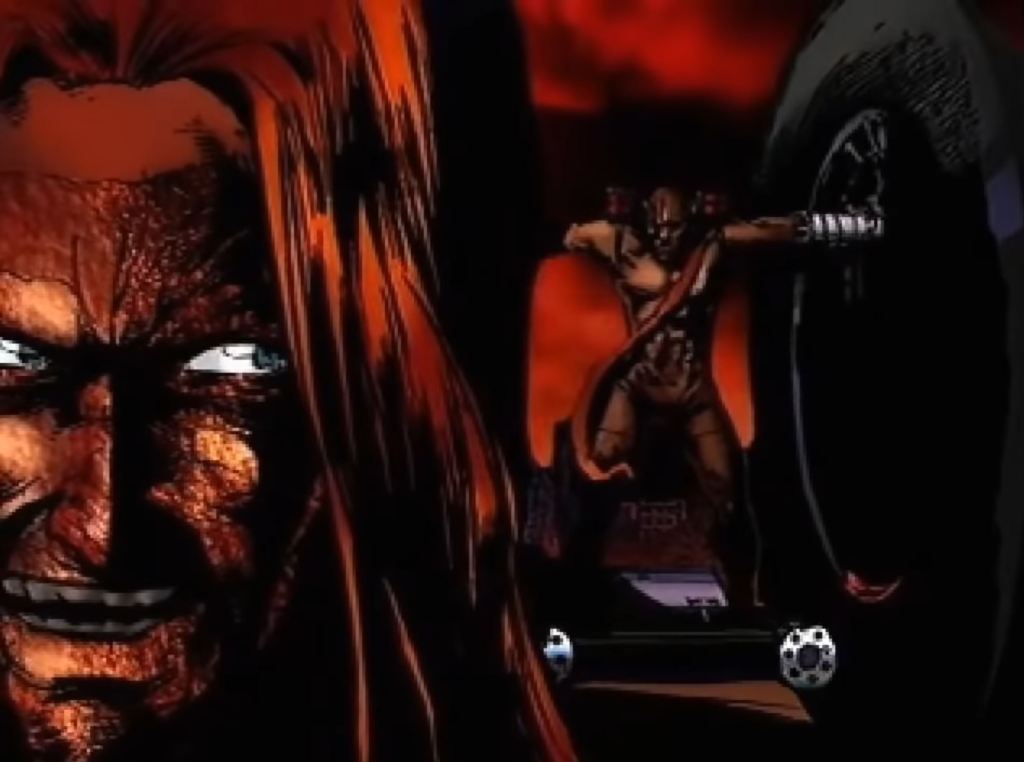
21. Twisted Metal 2
One of the more surprising genres to take off on the PS1 was vehicular combat. Quite a few of these games were made for the console (including one featuring the Star Wars license), but the best will always be Twisted Metal 2. The game built on everything that people loved about the first one, just added more characters, bigger levels, and more weapons for the ultimate demolition derby world tour.
Though the series seemed poised for big things after Twisted Metal 2, the next two sequels on PS1 were oddly uneven affairs, and further franchise entries have only been released sporadically. But with a big-budget Twisted Metal TV show about to premiere on Peacock, it seems like only a matter of time until the series is resurrected.
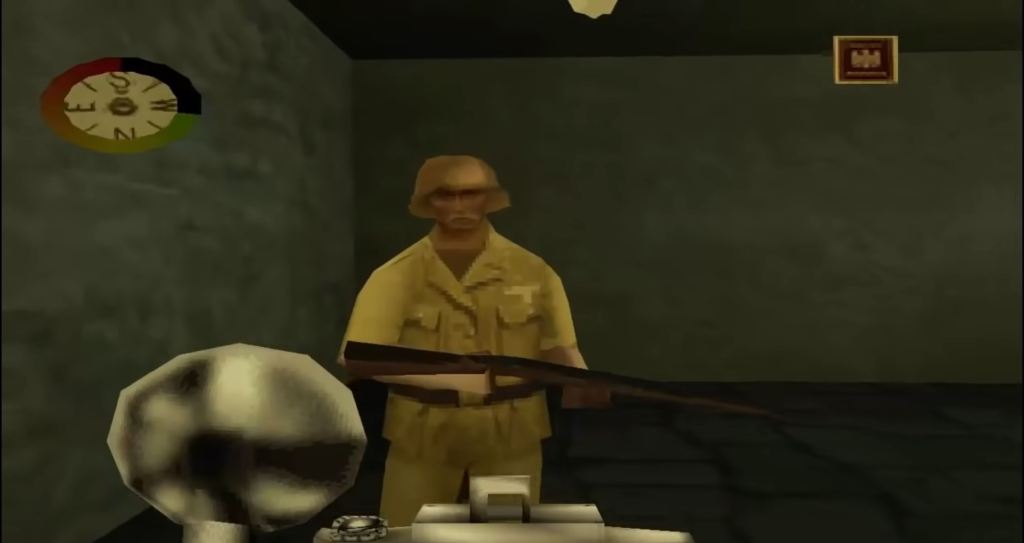
20. Medal of Honor: Underground
As deep as the PS1’s library was, it wasn’t really known for first-person shooters. The Nintendo 64 actually had a pretty strong monopoly on that genre. But one bright spot was the Medal of Honor series, and in particular, its second outing.
Much of what’s here should be familiar to modern gamers. There’s a World War II setting on the European front, large levels with a variety of different missions, and impressive cinematic set pieces. There’s even a basic multiplayer mode and a bonus level featuring zombies. Sadly, we’d only get a couple of noteworthy Medal of Honor games after this one. The franchise was just never really able to compete with Call of Duty.
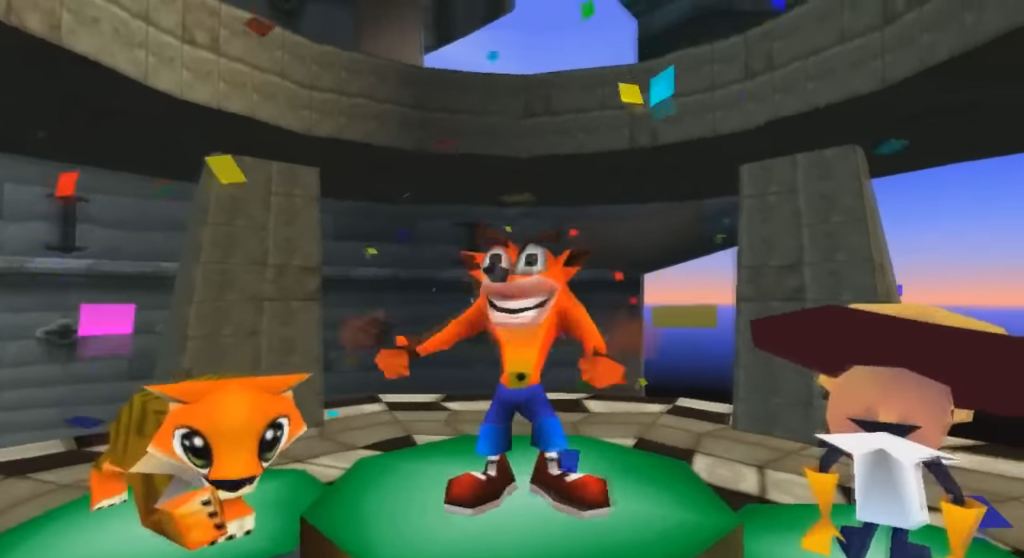
19. Crash Team Racing
While Sony managed to dethrone Nintendo in terms of sales in the ‘90s, many of its exclusives were never quite up to par with Nintendo’s stable of classics featuring Mario and his friends. But it wasn’t for lack of trying. At its core, Crash Team Racing is a Mario Kart clone, but it’s a really well-done Mario Kart clone.
The controls still feel fantastic, and there’s some real skill involved in nailing power slides. And while it doesn’t do too much to innovate, the game’s Adventure Mode gives solo players a little more incentive to keep racing than Mario Kart 64 offered at the time.
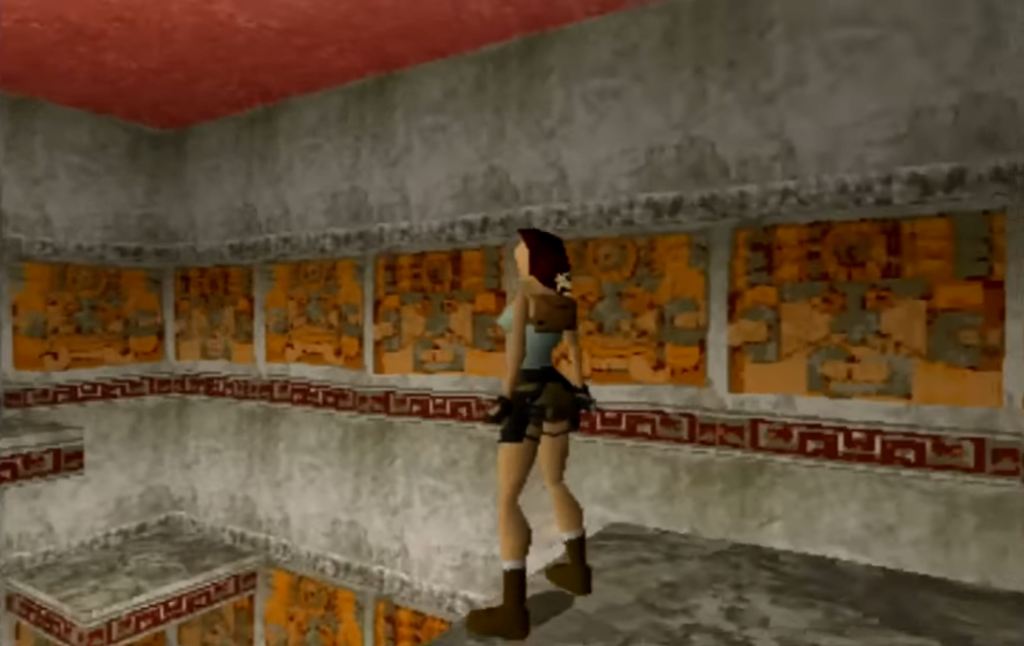
18. Tomb Raider
An early pioneer in 3D action-adventure games, Tomb Raider still holds up well thanks to its sense of discovery and wide-open levels full of surprises (even if the controls haven’t aged gracefully). This was one of the first games of its kind to emphasize exploration and puzzle-solving over combat, there was a fair amount of gunplay that saw you battle some surprising enemies (such as dinosaurs).
While the Tomb Raider series soon endured some extreme highs and lows following this game’s success, you’ll still find a strong foundation here that’s clearly inspired numerous imitators and even the most recent (and excellent) Tomb Raider games.
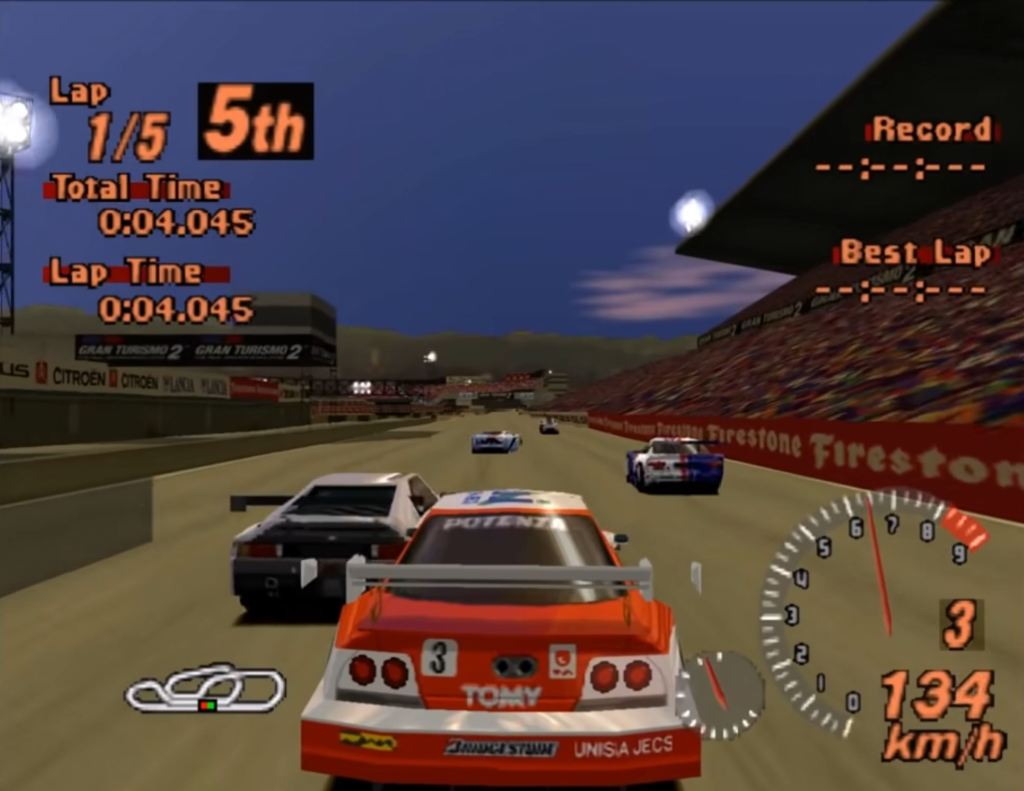
17. Gran Turismo 2
The first Gran Turismo was an excellent proof of concept for a more realistic racing simulation, but the second game is what cemented the series’ reputation for its obsessive attention to detail and massive amounts of content. Gran Turismo 2 features a then-unheard of 650 cars and 27 tracks to race on across 219 events, with everything finely tuned to be as close to real driving as possible.
Sure, later Gran Turismo games look better and added more cars, but it’s still hard to beat the classic gameplay of Gran Turismo 2. It easily takes its place atop the podium as the best racing game on the PS1.
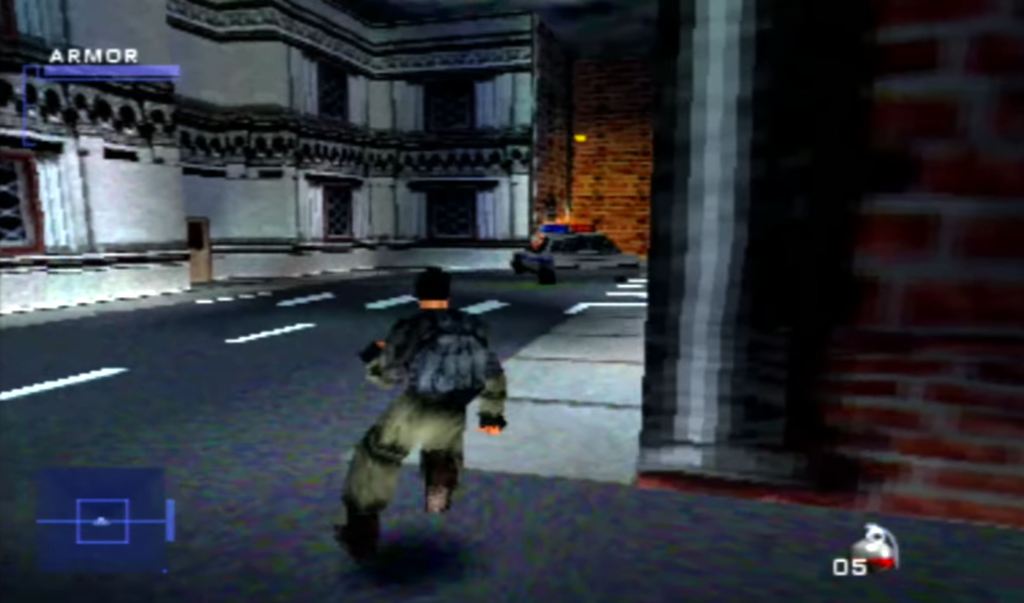
16. Syphon Filter
Though Solid Snake and James Bond were the spies of choice for many gamers in the ’90s, those who dug a little deeper into the PS1’s catalog were treated to the adventures of Gabe Logan. Sure, Syphon Filter came out after Metal Gear Solid, but this was no mere copy. Syphon Filter offered much more freedom than some of the other spy titles of its era. Levels were presented in full 3D, and while stealth was usually the safest approach, running in guns blazing was always an option as well.
Alternatively, you could dabble into a mix of both concepts thanks to the dozens of weapons and gadgets at Gabe’s disposal. While Syphon Filter hasn’t seen a proper new entry in almost two decades, its influence is found in other games that let players freely choose between stealth and action.
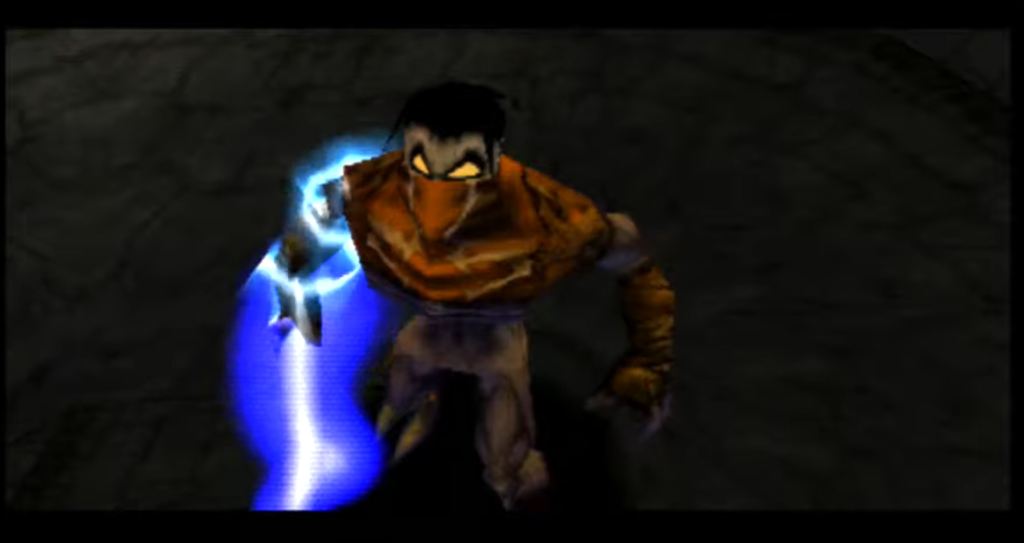
15. Legacy of Kain: Soul Reaver
The Legacy of Kain series might be the most underrated franchise of the 32-bit era. Soul Reaver was simply ahead of its time in so many ways. It featured massive levels, a surprising number of upgradeable abilities, and tough puzzles that required you to fully use all of Raziel’s powers (including his unique ability to shift between realms). Not to mention the gothic atmosphere is simply awesome.
Three more Legacy of Kain games followed on the PS2, and then the series just kind of petered out following a poorly received multiplayer gamer that never left beta. But there’s so much potential here that it’s hard to believe a reboot or even HD ports of the original games wouldn’t sell well.
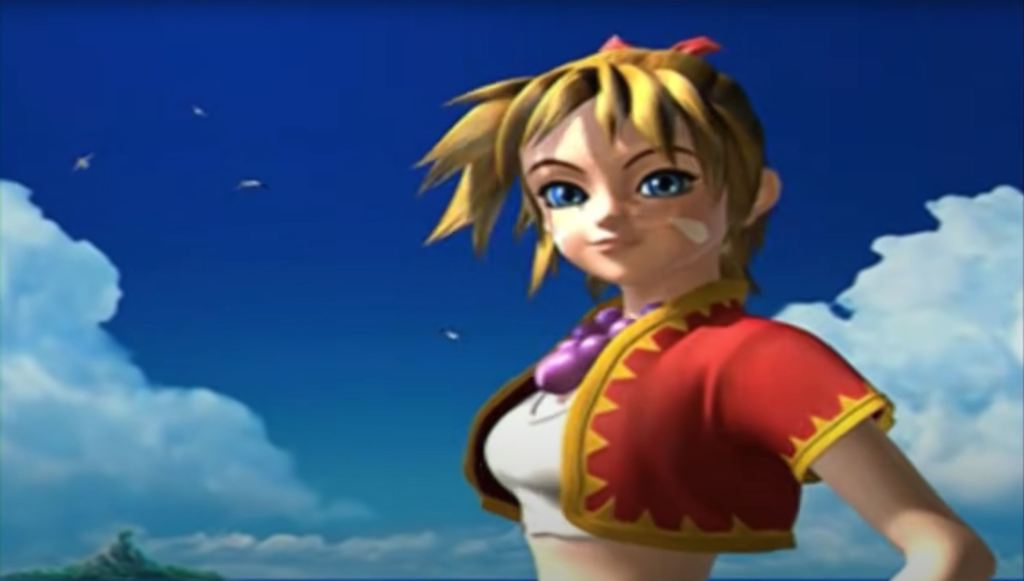
14. Chrono Cross
Chrono Cross may not be the Chrono Trigger sequel we wanted or expected, but it’s still one of the best RPGs on the PS1 thanks to its innovative combat, winding plot featuring dozens of playable characters (and two parallel worlds), and one of the greatest soundtracks ever recorded for any video game.
Does this game bite off more than it can chew? Absolutely. You can definitely make the argument that a lot of its protagonists are underdeveloped, but the chances it takes are bold and mostly pay off, and it expands on some of the ideas in Chrono Trigger enough to stand up as an excellent complement to its predecessor even if it never quite surpasses it.
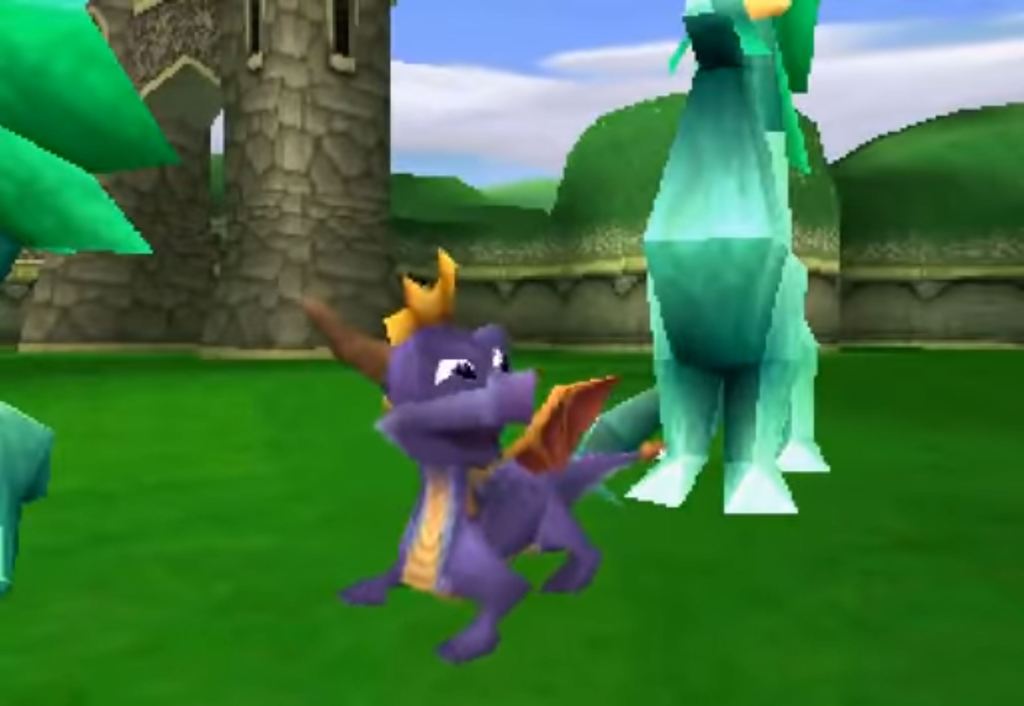
13. Spyro the Dragon
If you grew up playing the Skylanders games, you might not realize that Spyro was the star of a successful series of games long before he was the face of the “toys-to-life” fad. While hardly revolutionary at the time, Spyro led the pack of PS1 collectathons thanks to its bright, colorful levels that made for some of the best graphics on the console, tight controls, and a fair difficulty level that made it accessible for all ages.
Some fans might put Spyro’s two PS1 sequels on this list ahead of the original, and while those are excellent games as well, they largely feel iterative, and maybe even lose a little of the simple charm of the first game. Still, you really can’t go wrong with any of the titles in the original Spyro trilogy.
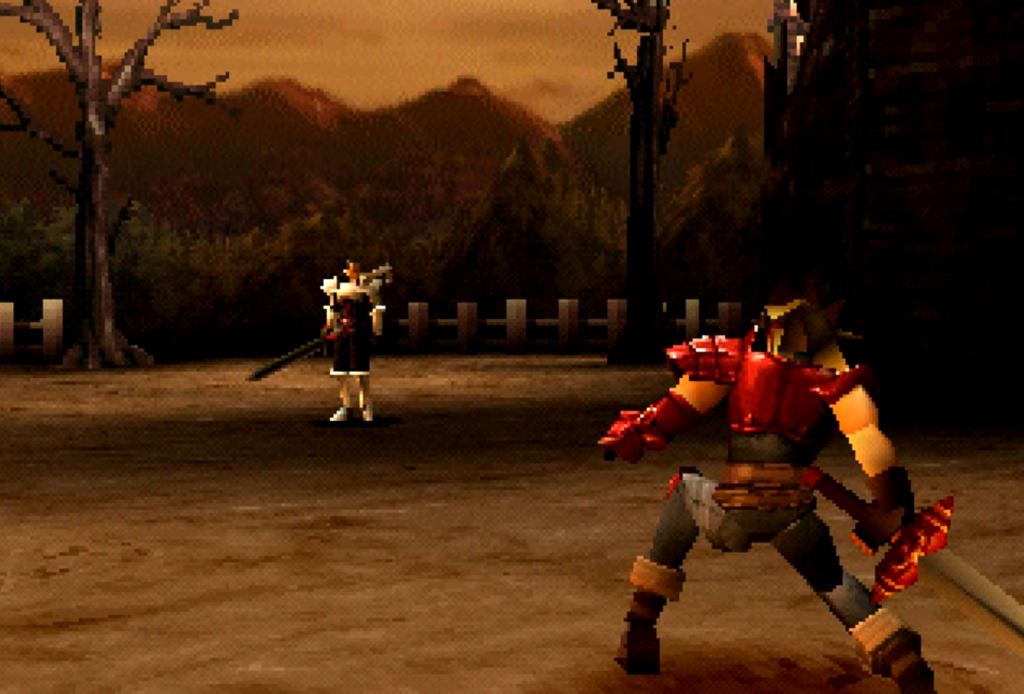
12. The Legend of Dragoon
In hindsight, it’s surprising that the The Legend of Dragoon received largely middling reviews at release. Were reviewers suffering from RPG fatigue after so many excellent PS1 releases in the late ‘90s? Maybe they were just more used to Square Enix games? Who knows. Regardless, later reviews have looked much more fondly on The Legend of Dragoon and rightfully recognized it as one of the best games on the console.
While following a lot of JRPG conventions, Legend of Dragoon carved out its own niche thanks to an innovative battle system that incorporated quick time events, as well as “dragoon forms” that add extra abilities in combat. It also featured sky-high production values for the time with beautifully directed CGI cutscenes and a soaring soundtrack that sits among the PS1’s best. If contemporary reviews turned you off, now is absolutely the time to revisit this underrated classic.
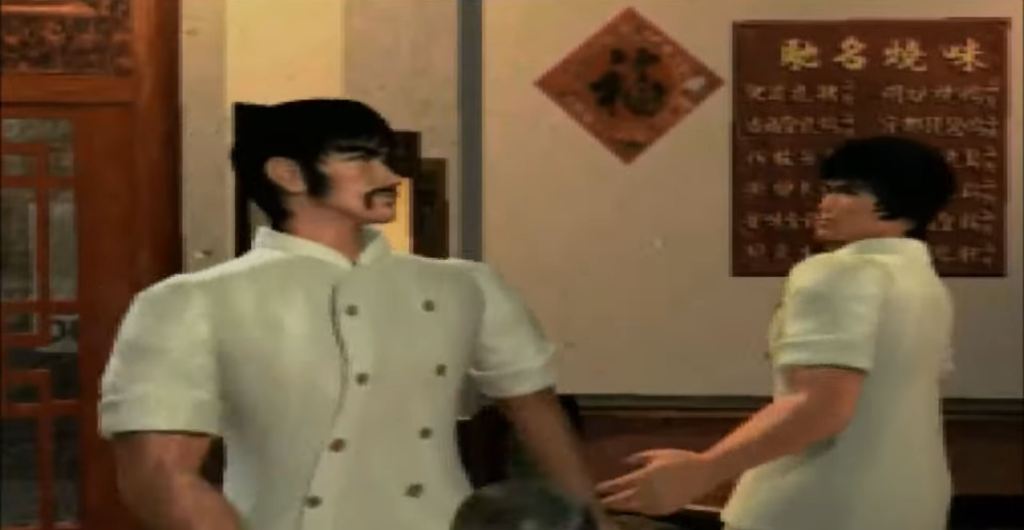
11. Tekken 3
In the waning days of the American arcade scene, developers constantly struggled with porting their games from powerful cabinets that were made to their own specifications. With better graphics and more characters than ever, there were serious concerns about whether Tekken 3 could even run on the PS1, but the eventual home release ended up being one of the best console ports in history.
Though Tekken 3‘s PS1 port suffers from a slight graphical downgrade, it added a brand new (and awesome) beat ‘em up mode called Tekken Force and two brand new characters (including the manga dinosaur icon, Gon). Most importantly, Tekken 3 retained the arcade version’s brilliant 3D combat. There’s a good argument to be made that this is still the very best Tekken game.
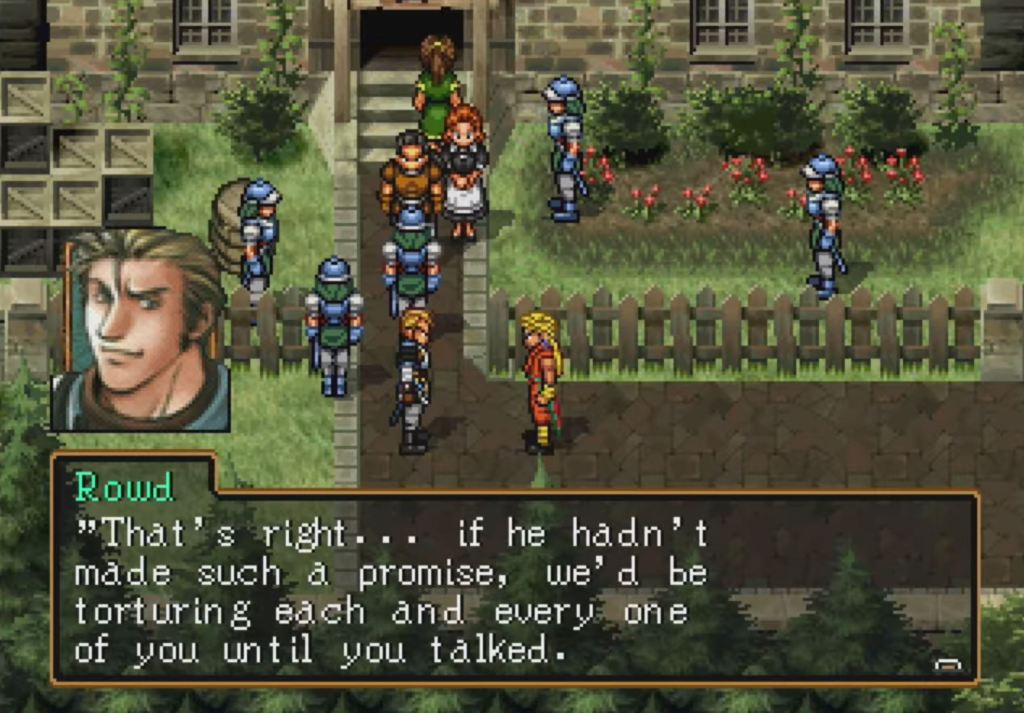
10. Suikoden II
The PS1 was so jampacked with top-tier RPGs that even the best games could go largely overlooked. Suikoden II debuted to good (but not great) reviews and absolutely abysmal sales. Blame the sprite graphics that gamers largely ignored in favor of flashier titles. But those who took the risk on this little RPG sequel with the weird name were treated to one of the best stories of all time: a winding political epic more in line with Game of Thrones than typical “save the world” JRPG fare.
And with more than 100 recruitable characters that help you slowly build your empire, there is a whole lot of game of here. Thankfully, retrospective reviews have slowly improved the reputation of Suikoden II, and an HD remaster of the first two games is slated to hit modern consoles later this year.
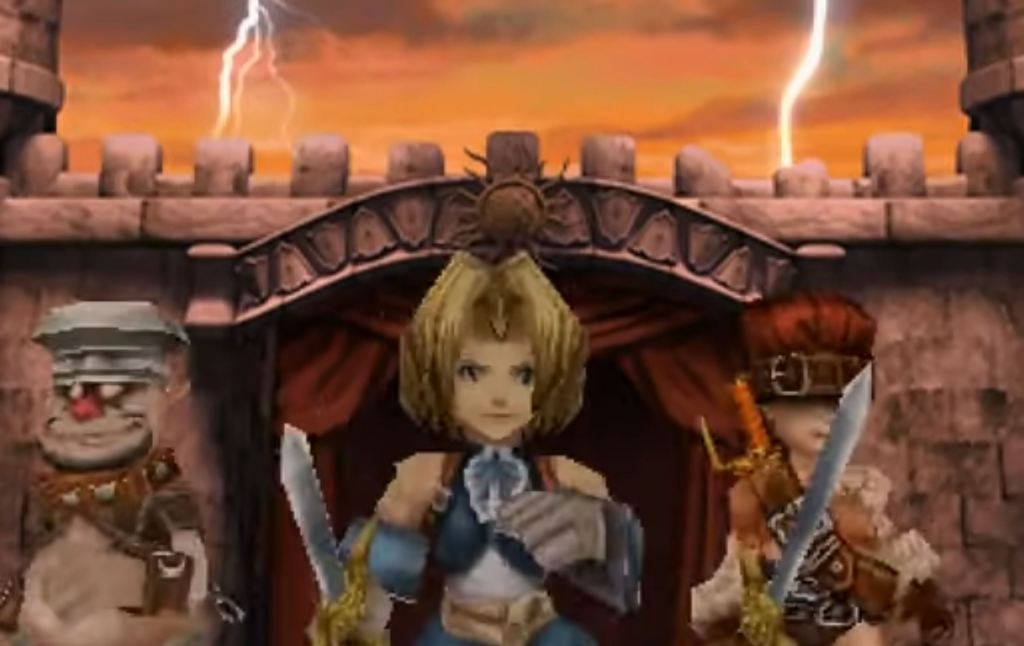
9. Final Fantasy IX
For many fans, Final Fantasy IX is seen as a turning point for the franchise. It was the last game in the series creator Hironobu Sakaguchi constructed a scenario for, and the last time he was actively involved as the producer. As such, it’s more of a celebration of everything that came before. with regular callbacks to previous games, a medieval setting similar to the earliest titles, and even a simpler combat system than its immediate predecessors.
That’s not to say Final Fantasy IX is just a nostalgia trip. It has one of the better stories in the series and one of the absolute best characters in the tragic black mage Vivi. In many ways, it’s the definitive Final Fantasy game, especially as the series has gone in some very different, and often divisive, directions with subsequent sequels.
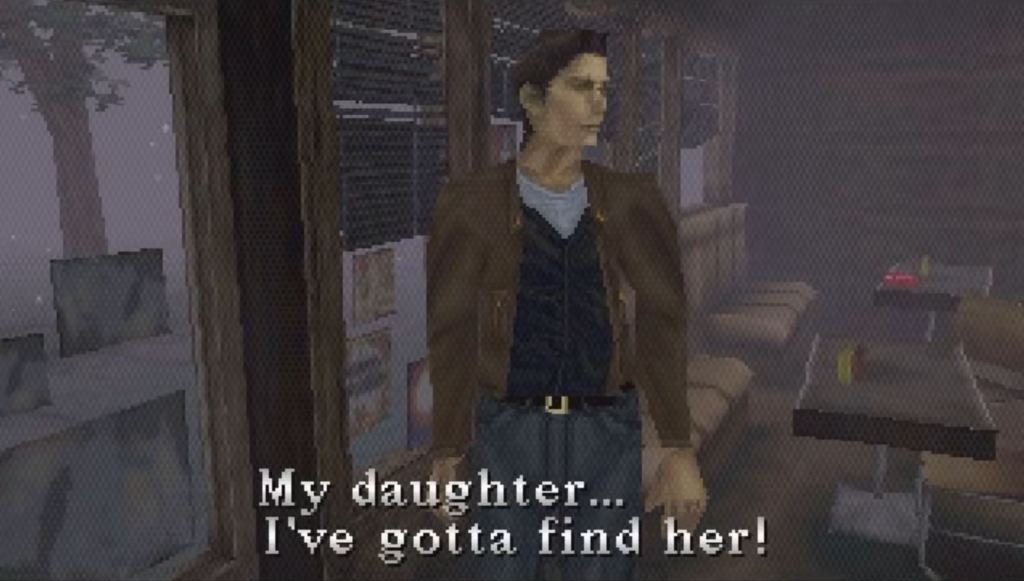
8. Silent Hill
While some initially dismissed Silent Hill as a Resident Evil clone, time has been especially kind to this first entry in the series. Granted, there are plenty of early survival horror tropes here like tank controls and borderline nonsensical puzzles, but no other game of its time succeeded so well at creating a constant feeling of dread.
The real terror of Silent Hill isn’t the monsters that attack you; it’s those things in the fog that you aren’t even sure are there. It’s that tension and fear of the unknown that ensure the original Silent Hill is worth playing today, and that this game continues to have a profound impact on modern horror titles.
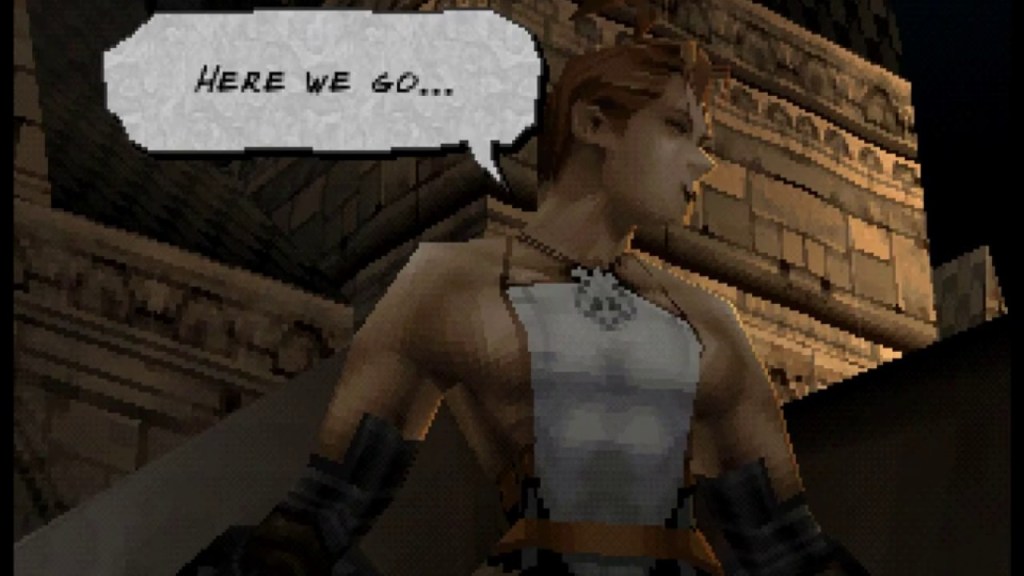
7. Vagrant Story
Square offered an incredible output of classic RPGs during the PS1 era, but Vagrant Story remains one of the studio’s most overlooked experiences. It can be a difficult game to describe, due to both its complex narrative full of layered political intrigue and its complicated gameplay, which melds elements of action, pausable RPG combat, and even block puzzles.
The complexity has turned off a lot of gamers over the years, but those who have gotten past the steep learning curve have found one of the best RPGs ever made. And since it came so late in the system’s life, it still holds up as one of the best-looking PS1 games ever. In many ways, this does feel like a showcase of all the things that Square learned during the PS1 era.
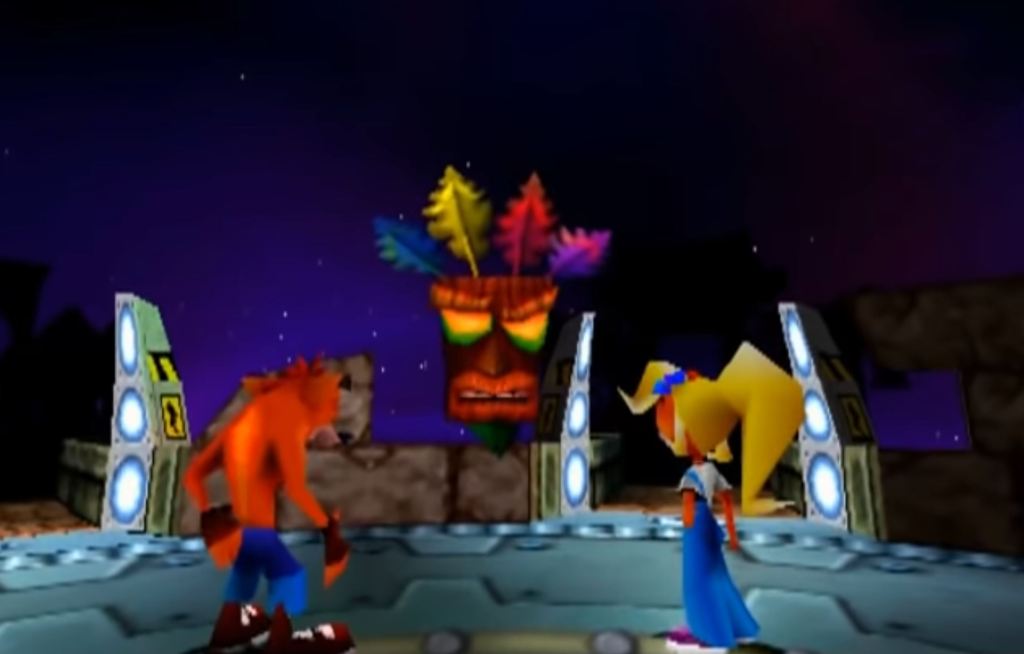
6. Crash Bandicoot: Warped
You knew the PlayStation’s unofficial mascot would show up on this list sooner or later. The third game in the PS1 Crash Bandicoot trilogy has stood the test of time as one of the all-time great platformers. Naughty Dog clearly learned from the missteps of the first two games here, resulting in a title full of drop-dead gorgeous levels, catchy music, and tough-but-fair challenges.
There’s a good argument to be made that this should be the title anyone looking to get started with the Crash Bandicoot games should check out first. At the very least, it’s easy to see in Warped why Crash was so often mentioned in the same breath as the Super Mario classics of the ‘90s.
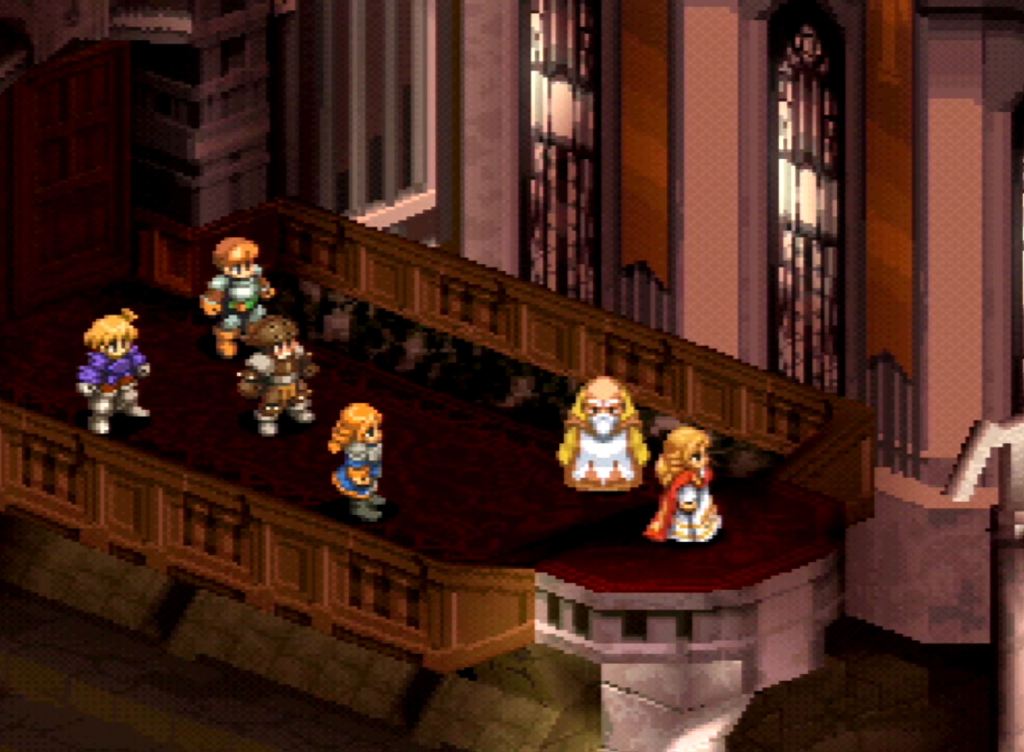
5. Final Fantasy Tactics
In the ‘90s, Final Fantasy spin-offs were still something of a rarity. So it’s especially surprising that one of Square’s first attempts at branching out from the main series resulted in a title that’s still considered to be better than many numbered Final Fantasy games.
Though Tactics owes some design choices to the underrated Ogre Battle series (thanks in large part to that game’s creator joining the staff), it crafts its own identity thanks to its smaller battles that demand a unique form of careful planning.
Tactics also never forgets its ties to the classic RPG series. The game’s job system is a major part of recruiting and developing new units, and you’ll have to be careful picking classes and strategies to get past some of the game’s toughest battles.
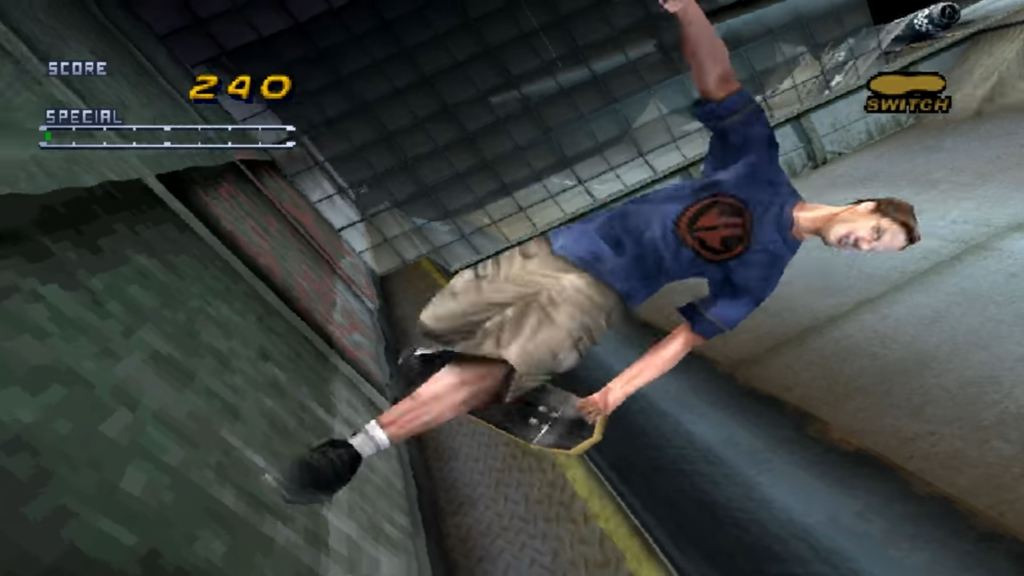
4. Tony Hawk’s Pro Skater 2
One of the greatest sequels of all time, Tony Hawk’s Pro Skater 2 took what was already a nearly perfect concept and just added a few small tweaks. The biggest addition here is the manual: a simple move to link grinds and air tricks together that can result in almost endless combos in the hands of a skilled player.
And that’s ultimately what keeps players coming back to Tony Hawk’s Pro Skater 2 after all these years. Though the expanded collection of superior levels offers more objectives, it’s the quest for higher and higher scores that offers all the replayability you’ll ever need. No matter how many points you get, you always think you can do just a little bit better on the next run. This is a master class in game design set to one of the best and most eclectic licensed soundtracks of all time.
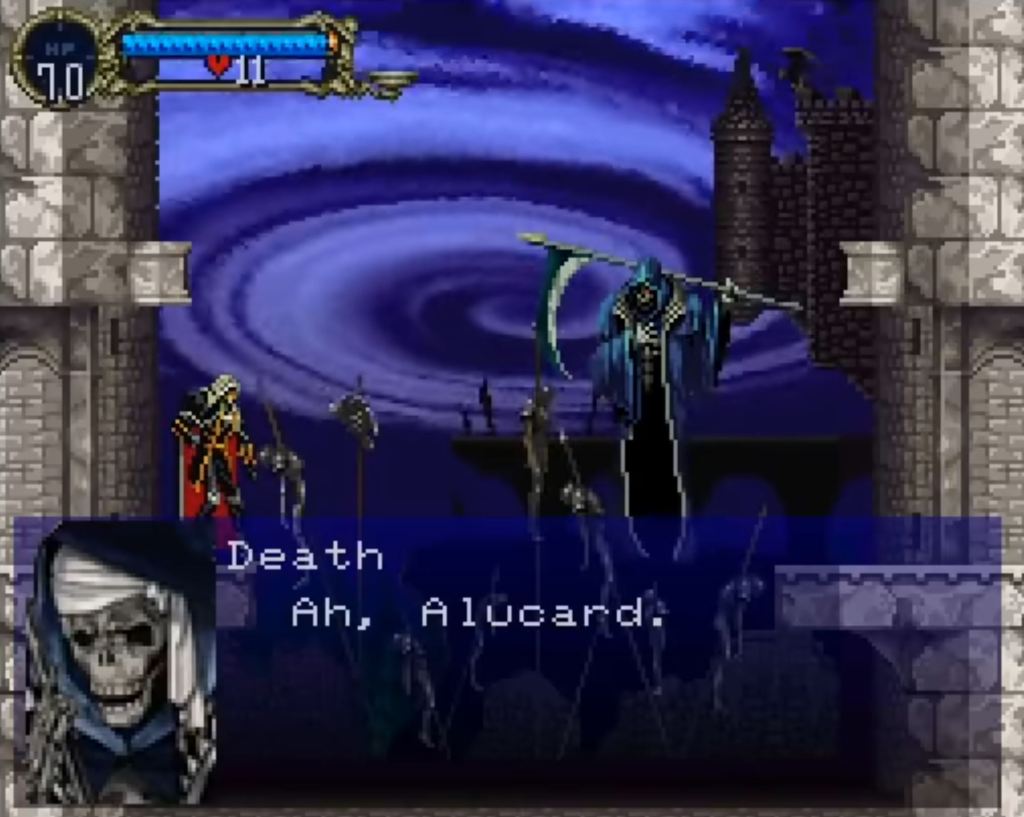
3. Castlevania: Symphony of the Night
It’s not very often that a game released multiple entries into a popular franchise helps inspire an entirely new genre, but Symphony of the Night pulled it off. This is the game that put the “vania” in the “Metroidvania” label that’s seemingly slapped onto a new indie game every week. Evil still, few games have even come close to the greatness of Symphony. It’s debatable whether any of its excellent sequels have even eclipsed it.
Quite simply, this is 2D gaming perfection. Symphony‘s timeless art style and seamless level design encourage exploring every last corner of Dracula’s castle for secrets, while leveling up Alucard with the most powerful equipment you can find remains an absolute joy. It’s rare to see a game so ambitious (for its franchise and time) get so many things right.

2. Metal Gear Solid
You could argue that Metal Gear Solid is the most influential video game ever made. While it borrowed plenty of ideas from earlier games, it popularized many of the key elements of the stealth genre, including avoiding enemies for a set period of time to end alerts, using boxes for cover, and making noise as a distraction. But what really set it apart was the Hollywood-style production values. Metal Gear Solid almost felt like playing through a movie.
And yet, despite its cinematic aspirations, Metal Gear Solid never forgets that it’s a video game. It often pushes the boundaries of the medium in ways that still feel innovative today, like hiding a codec number on the back of the game’s case, or Psycho Mantis’s memorable “mind reading” of other Konami games on your memory card. After 25 years, it remains an amazing example of innovation and creativity in the industry.
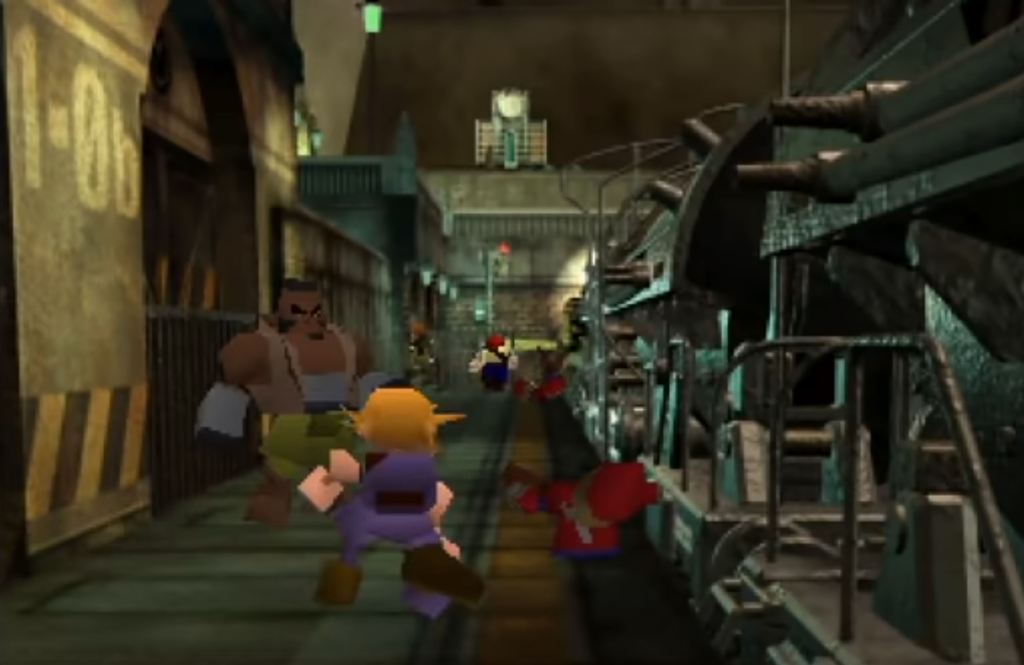
1. Final Fantasy VII
When picking the number one spot for this list, it was really, really close between Metal Gear Solid and Final Fantasy VII. In the end, it came down to how the actual gameplay has aged. It can be a bit jarring going back to the overhead view of Metal Gear Solid nowadays. Meanwhile, the turn-based combat and pre-rendered backgrounds of Final Fantasy VII are just as welcoming and accessible as they were in 1997.
Beyond that, the reputation of Final Fantasy VII proceeds itself at this point. It is arguably the best game in the industry’s biggest RPG franchise, a cyberpunk masterpiece with an epic, emotional soundtrack, classic cinematic moments, and a story of life, death, and saving the world that has entertained millions of gamers for more than two decades. Final Fantasy VII is unquestionably deserving of the title of the best PS1 game ever.
